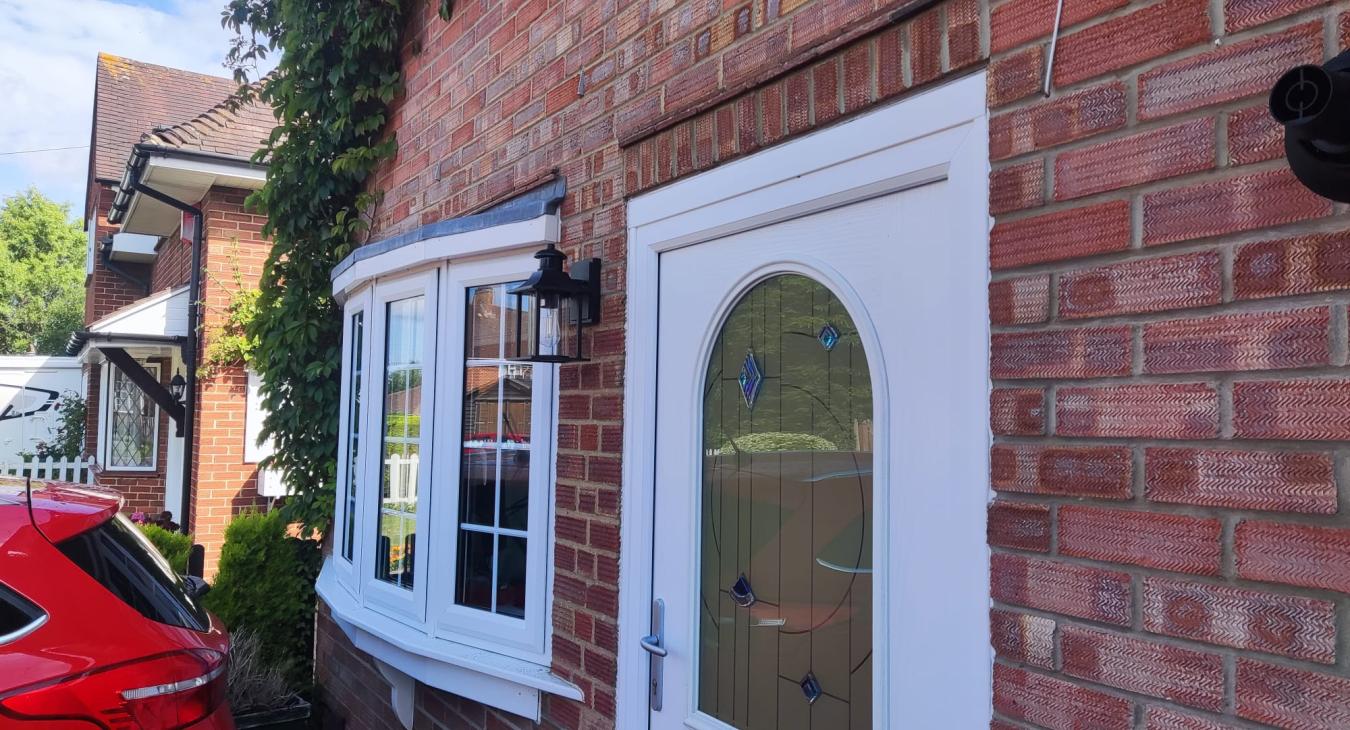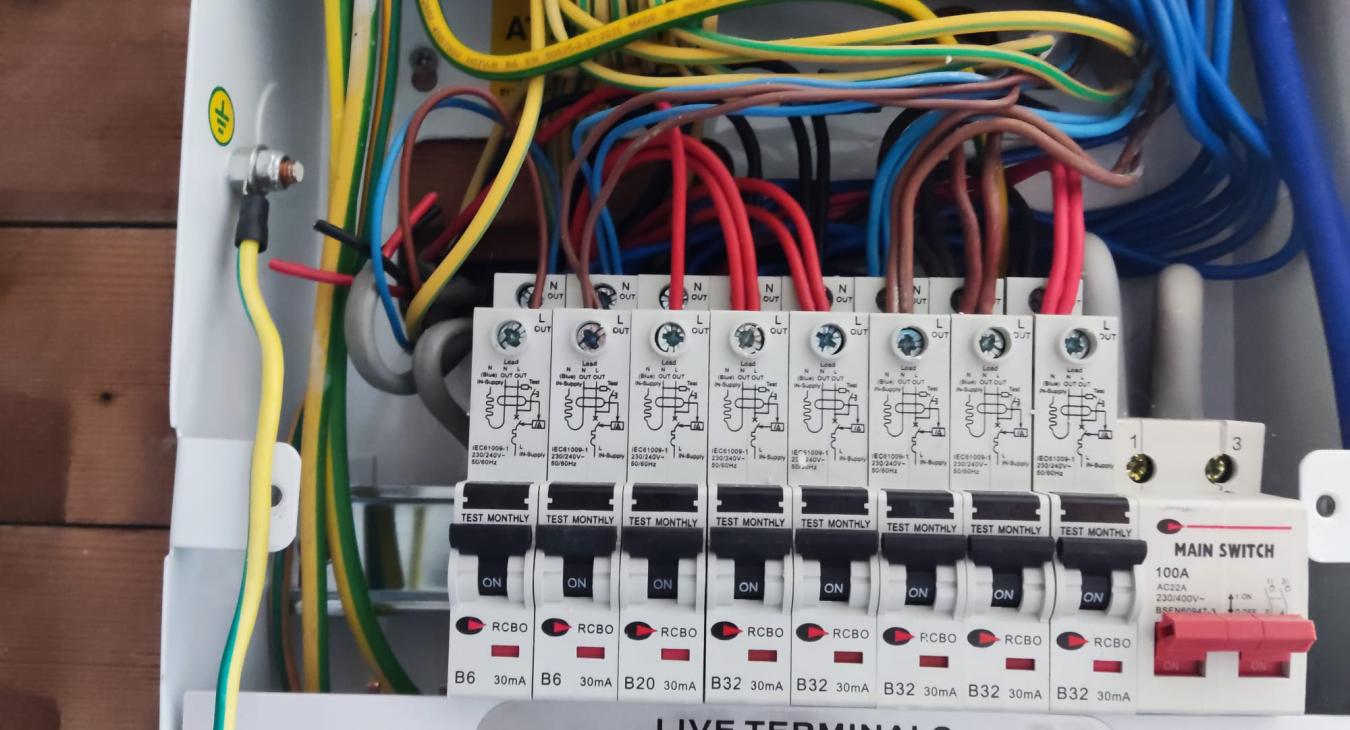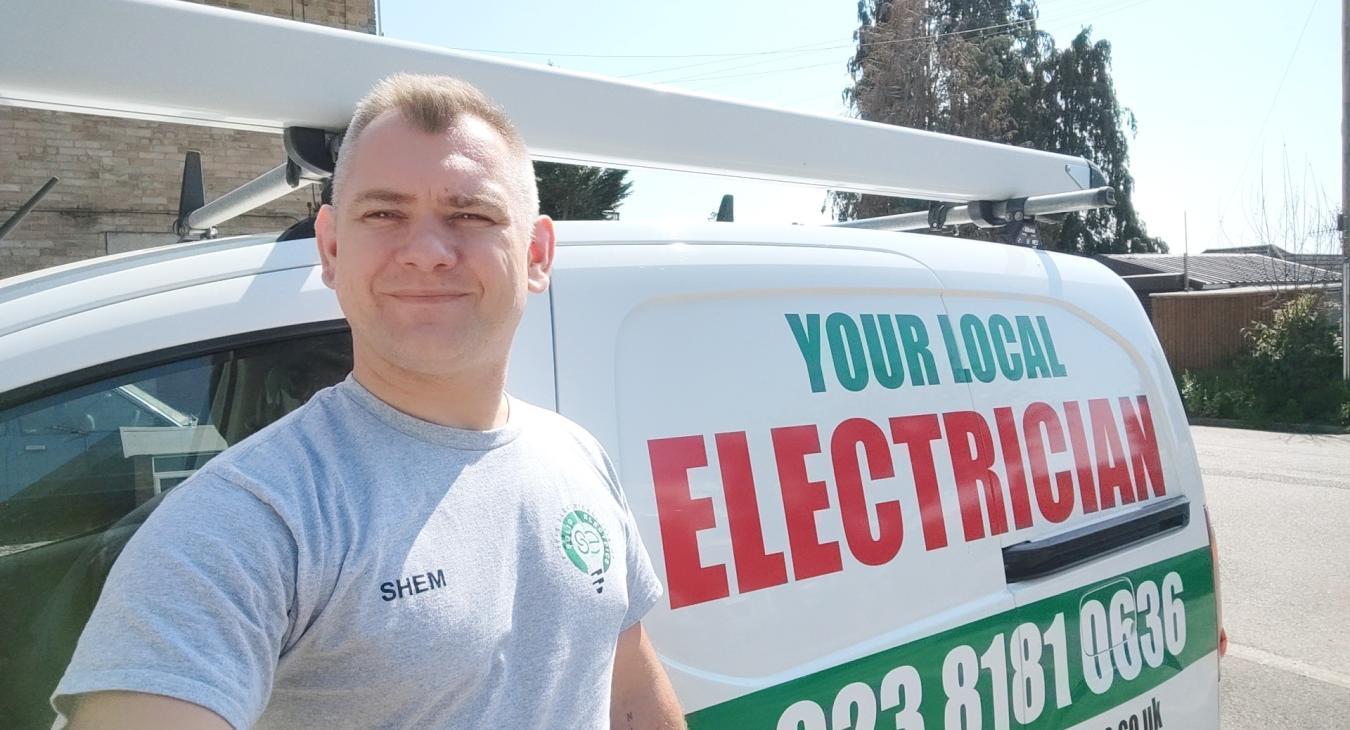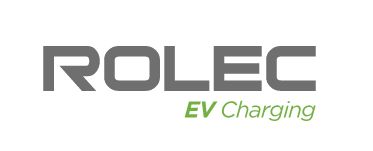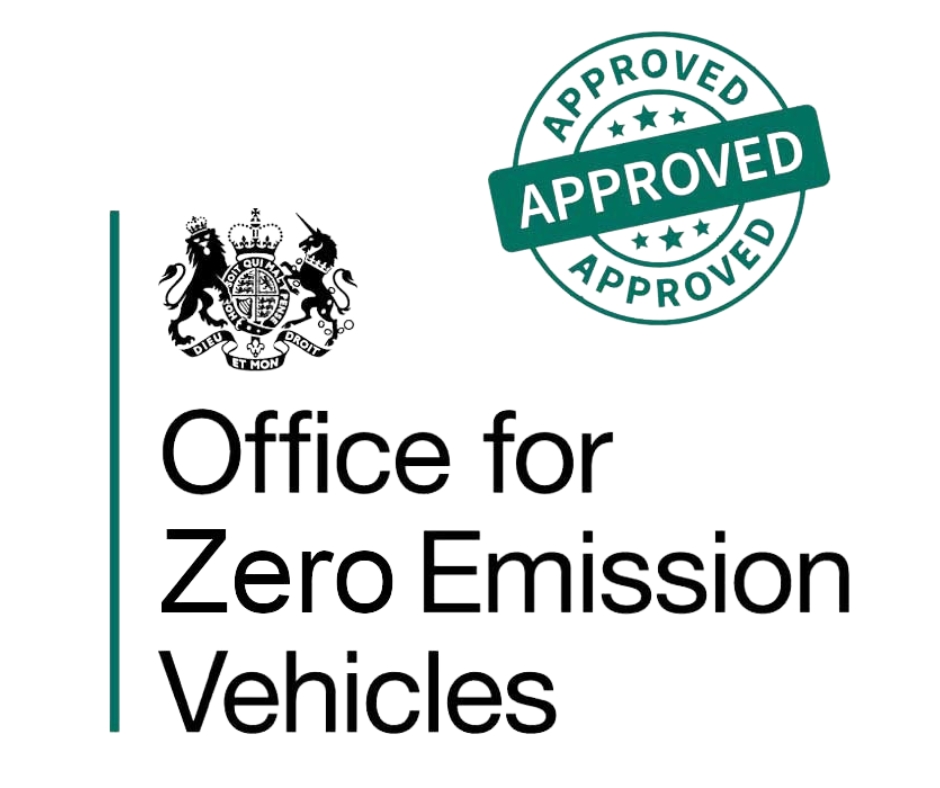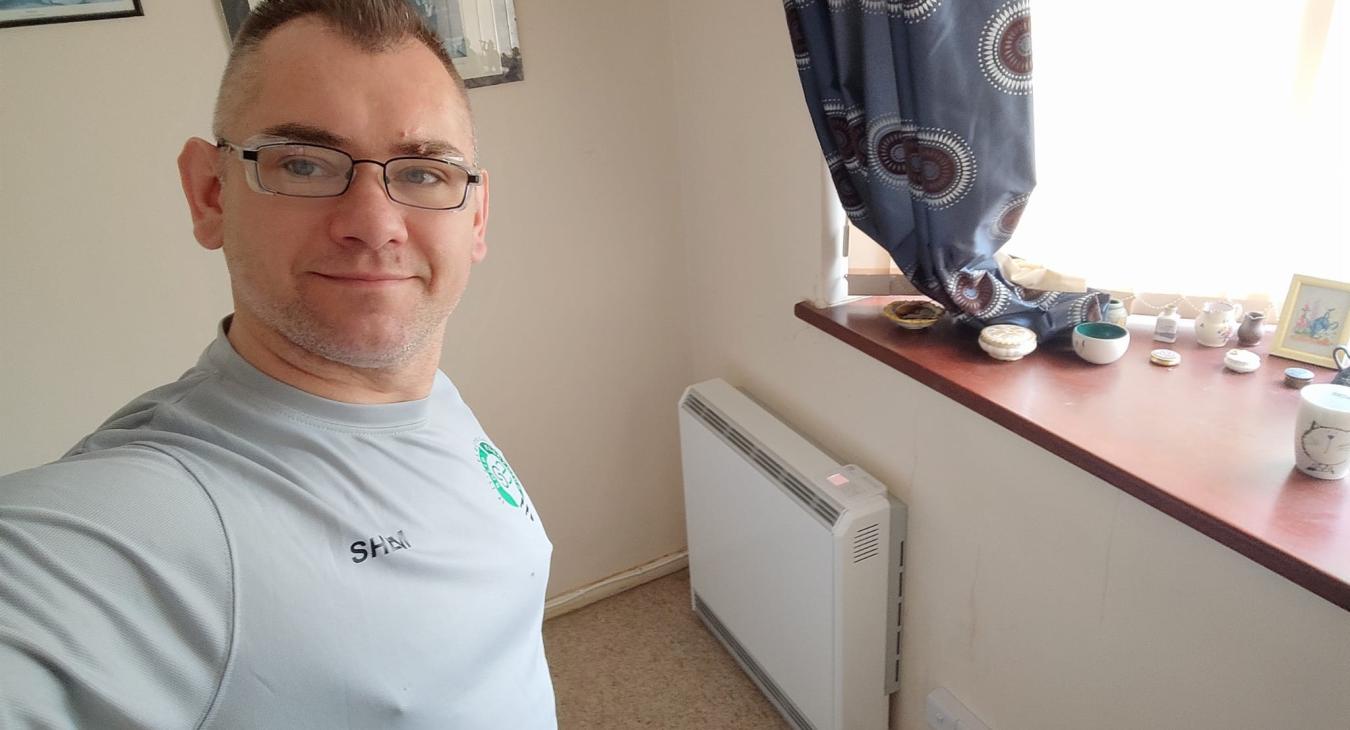
In this blog we discuss all thing relating to night storage heaters. From repairing to replacements!
Understanding Storage Heaters and Power Supply
Storage heaters, often called night storage heaters, use electricity to heat elements placed within clay bricks, storing and slowly releasing heat. Initially developed when electricity production relied on fossil fuels, these heaters benefited power companies by running overnight.
Households with storage heaters generally operate under two electricity tariffs:
- Economy 7: Offers cheaper electricity overnight, typically from midnight to 7am, primarily used to power these heaters.
- Economy 10: Provides lower-cost electricity overnight and in the afternoon, acting as a 'boost'.
Older electrical setups might have separate fuse boards or consumer units for storage heaters and immersion heaters. However, modern installations typically integrate these into a single consumer unit. There's usually an electricity company time switch for units with a separate fuse board, allowing power only at specified times. The average lifespan of a storage heater ranges from 10 to 15 years, but parts may fail earlier.
New storage heaters, in compliance with Lot 20 legislation, incorporate two supplies:
- The Economy 7 or 10 supply.
- In older models, a secondary supply to run a fan or fan heater for additional heat during the day.
- In newer 'Lot 20' models, a second supply for control circuits and often a fan to distribute heat into the room is designed to enhance performance and save energy.

Components of a Storage Heater
Typically, a storage heater includes:
- Thermal fuse and/or input cut-out to manage potential overheating.
- Input charge control thermostat.
- Charge limiter (in some models).
- Heating elements, arranged in parallel for multiple elements.
- Various cabling, terminal blocks, and mechanical parts.
- Modern heaters might incorporate timers and environmental sensors.
Common Issues and Testing
Common problems with storage heaters include:
- Input cut-out or thermal fuse-link tripped due to overheating, often resettable by accessing controls.
- Faulty input charge control thermostat, occasionally caused by dust build-up.
- Open circuit in an element, a common issue usually identifiable through meter measurement.
- Testing and fault finding often become challenging for older, obsolete models due to parts scarcity and potential subsequent failures. When fault-finding, ensure complete isolation from power sources, considering the heater's specific design and additional power supplies.

Replacing and Moving Storage Heaters
Factors to consider when replacing a storage heater:
- Economic feasibility, considering alternatives like modern electric heaters.
- Potential electricity tariff changes.
- Eligibility for grants in specific scenarios.
- Disposal and delivery logistics, including removal and proper handling of bricks.
Using Storage Heaters Effectively
Basic guidelines for utilising storage heaters:
- Set input levels to charge the heater adequately.
- Adjust output levels to prevent rapid depletion of stored heat.
- Follow programming instructions for newer models, especially Lot 20 heaters.
- Note distinctions in fan-assisted heaters regarding heat dispersion.

Understanding these pointers can aid users in maximising the efficiency of storage heaters. Share your thoughts on our official Facebook page, follow us, and if you prefer to stick to the usual communication channels, we are available for you over the contact form, or you can give us a call on 023 8181 0636.

